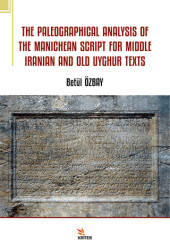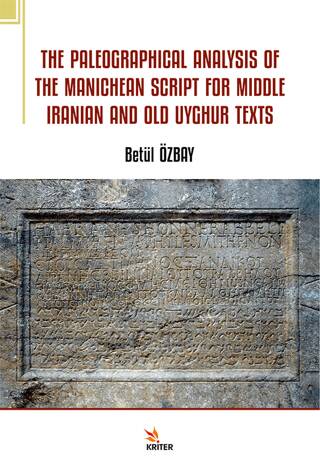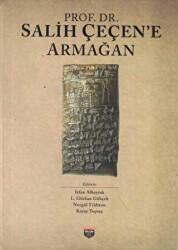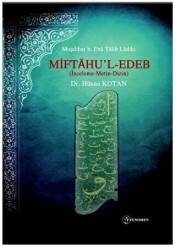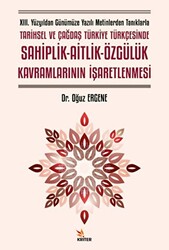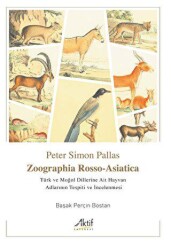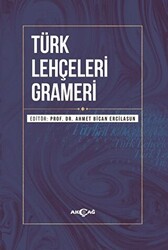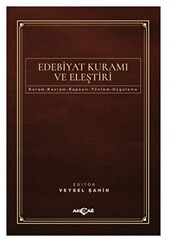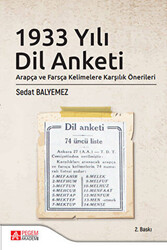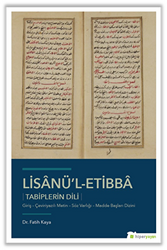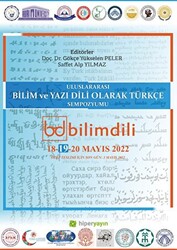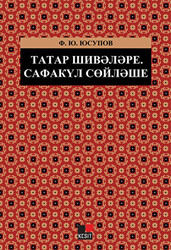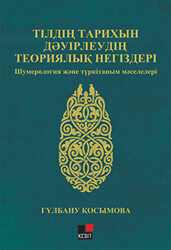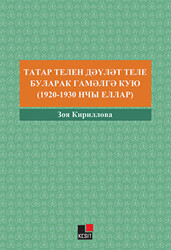The Paleographical Analysis Of The Manichean Script For Middle Iranian And Old Uyghur Texts
Tükendi
Stok AlarmıAt the beginning of the 20th century, a significant mystery for researchers in fields such as archaeology, history, linguistics, and theology began to unravel with the discovery of Manichean written records in Central Asia and Upper Egypt. While Manichean texts were composed in various languages, the largest body of religious writings was primarily in Middle Iranian languages. Following Bögü Kagan’s conversion, many of these texts in Central Asia were translated into Old Uyghur, predominantly from Middle Iranian sources. This study explores the origins of the Manichean script and provides a comparative analysis of its development and paleographic characteristics across Parthian, Middle Persian, Sogdian, and Old Uyghur. Additionally, evaluations of certain paleographic features in the Manichean script have been incorporated into the study.
